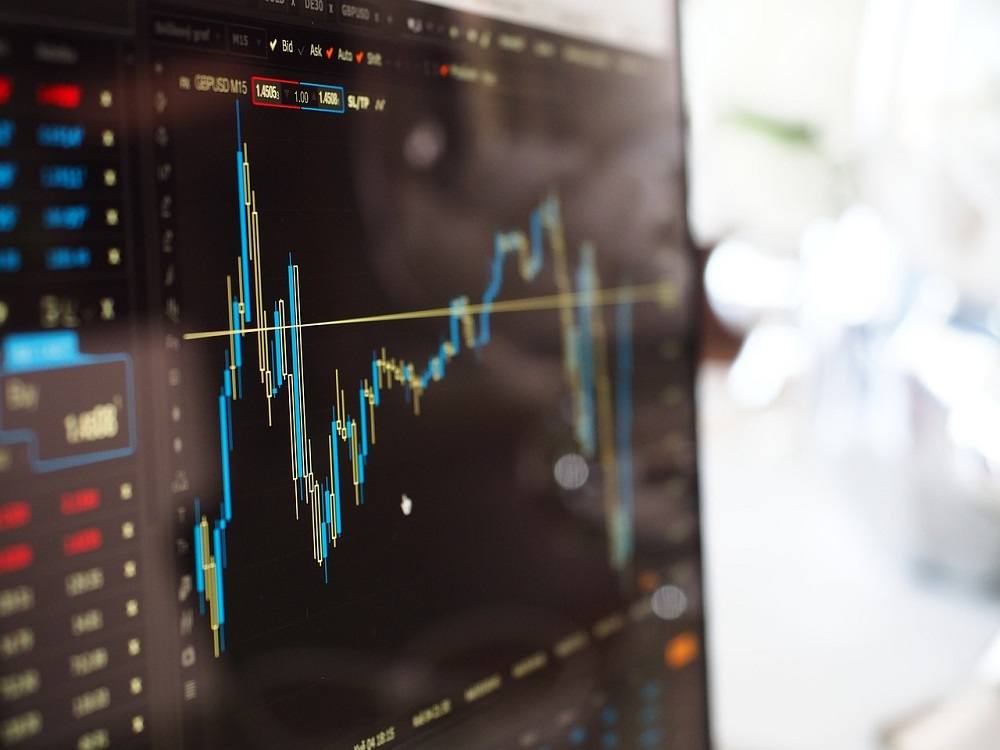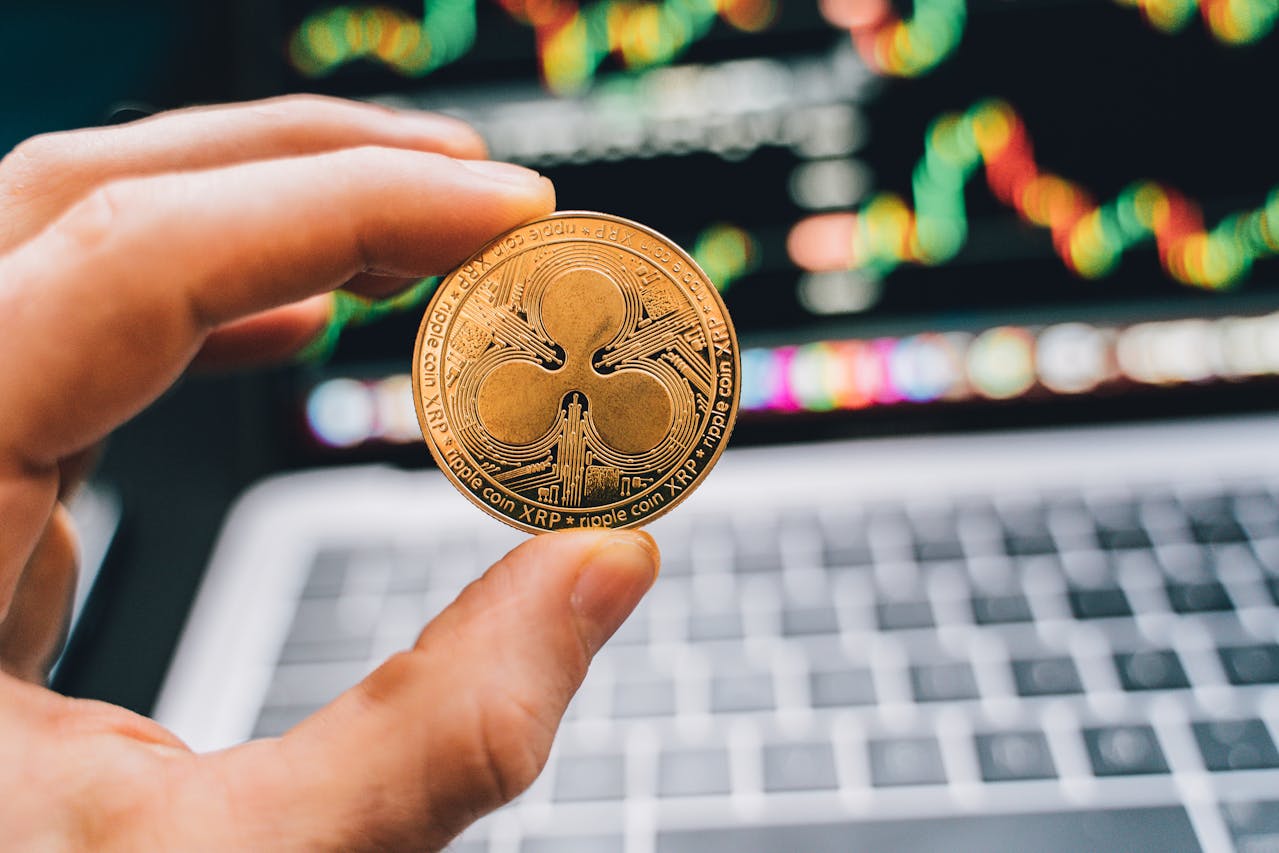Markets
Why there is no place for emotions in the trading market
The more thoughts we have about our system, the more we let ourselves influence the system.

Emotions have no place in investing. Movies, TV shows and footage of day traders will tell you otherwise. They’ll tell you trading is a fast-paced world full of ups and downs. They’ll tell you to be successful, you need to listen to your gut instincts and respond to the smallest fluctuations in the market based on your senses.
For a long time, I believed that hype too. As a day trader, I was stressed out of my mind, smoking 50 cigarettes a day, and coming home from work with my losses written all over my face. This strategy was taking a toll on me, my family, and worst of all–it wasn’t yielding results. I consistently lost money.
This all changed when I found a zen approach to trading. I removed emotions from the equation and developed a carefully crafted trading strategy that allows me to sit back and let the system do its work. Now, when I come home from work, my wife can’t tell if I’ve had a winning or a losing day. I consistently beat the markets, relax more, and found a way to make trading a zen state rather than a highly emotional one. Here’s how.
The two emotions involved in discretionary trading
Most traders let their lives be guided by the news. They closely monitor the latest profit warning, corporate action, or Fed announcement, and respond to it accordingly. They think that by allowing their choices to be informed by their thoughts about the news, they’ll be more likely to succeed.
But that’s not what happens in reality.
In reality, people playing the market don’t just listen to their thoughts–they’re controlled by them. And it tends to veer in one of two directions:
Greed
Things are going well. You buy more, more, more in the hopes of capitalizing on the situation, and ultimately put yourself in a position you’ll regret.
Fear
You’re scared. Things aren’t going as planned. You make an exit you weren’t planning on, and you lose out in the long-term for short-term gain.
Here’s the problem with listening to your emotions: they’re temporary. By paying attention to a single event in the news, you make a prediction based on your experience and current mental state. That prediction has nothing to do with reality–even though it feels like it at the moment.
When there’s money on the line, it’s hard to quiet the voices of greed and fear. But it’s possible.
How to take emotion out of the equation
You need to take a data-driven approach to investing. Unless you’re Warren Buffett, this probably means developing an automated trading system that can combine historical data with specific buy and sell rules so you know exactly what you should do.
An automated trading system not only takes emotion out of the equation, but it helps you win more. When you have an automated trading system, where all your ideas of when to enter and exit are programmed into a computer, the computer then tells you on a daily basis what to do. You know the exact edge and possible outcome of your trading. You just need to follow the computer, and you’re a lot more unattached to the market movements.
Develop a strategy that suits you
When it comes to trading, one size does not fit all.
If you want to stop relying on intuition and getting over-excited by market trends and analyst reports, you need to build a foolproof system that suits you. If you build a system that suits you, you won’t have to second-guess it, even it times when fear or greed may want to take over.
Whether you’re developing the computer system yourself or hiring a developer to do so, you need to take these three things into account:
Personality
Everyone ticks a bit differently. And while there’s no personality that makes the “perfect” trader profile, there are definitely some traits that help you more than others.
When developing your system, make sure you balance out the elements of your personality you need to correct for.
For example, if you are impatient, a long-term trading approach in which you hold positions for months will not be in line with your preferences. You’d benefit from a trading strategy that has a higher pace and more trades.
Additionally, take into account your lifestyle preferences. Do you want to be monitoring the market the whole day, for 30 minutes at the end of each day, or just 30 minutes a week? Depending on these preferences, a different strategy might have an edge for you.
Position sizing
Now for the next element: how much you’re willing to put on the line. You need to think about your risk appetite here: Visualize yourself in various scenarios to think about how you would feel in a given situation, so your computer program can adjust accordingly.
How would I feel when I’m down $70,000?
How would I feel when I’m down to $50,000?
If I’m six months in the red and not making any money, how would I feel about that?
One thing to remember: if you’re like most people, your risk appetite is probably a bit smaller than you think it is.
Market-neutral investments
It’s like the Boy Scouts say: be prepared. This means not always preparing for the worst, but preparing for the best. You absolutely have to trade multiple systems. Let’s say there’s a 4-year bear market, 100 consecutive days of market closes above 2%. What would you want to do? What would a data-driven approach tell you to do?
The more extreme scenarios you define for yourself, the better you have prepared yourself for when something like that happens.
You need to have one system that makes money when the market goes up, and another system that makes money when the market goes down.
The more bulletproof it is, the more likely you are to succeed.
Find Your Bliss State
By developing an automated testing system, your computer program shows how your strategy would have worked in the past. This information is what should give you the confidence to keep going and trust it even in the face of emotional events. It’s what worked for me during events like Brexit–I knew I had a system I could trust.
In fact, this quantified approach should give you the confidence to sit back and enter a “bliss state,” where you’re not even thinking about your positions most of the time—even if that’s just 30 minutes a week.
The more thoughts we have about our system, the more we let ourselves influence the system.
So try not to feel elation on good days, or misery on bad days. Short-term fluctuations don’t matter since you’ve built a bullet proof system that will win out in the long run based on your interests.
And by trusting that, you can finally enter a zen state of mind while trading—and succeeding.
—
DISCLAIMER: This article expresses my own ideas and opinions. Any information I have shared are from sources that I believe to be reliable and accurate. I did not receive any financial compensation in writing this post, nor do I own any shares in any company I’ve mentioned. I encourage any reader to do their own diligent research first before making any investment decisions.

-

 Biotech7 days ago
Biotech7 days agoVytrus Biotech Marks Historic 2024 with Sustainability Milestones and 35% Revenue Growth
-

 Crowdfunding2 weeks ago
Crowdfunding2 weeks agoColombia Approves Terrenta’s Crowdfunding Platform for Real Estate Financing
-

 Crypto2 days ago
Crypto2 days agoRipple Launches EVM Sidechain to Boost XRP in DeFi
-

 Africa1 week ago
Africa1 week agoCôte d’Ivoire Unveils Ambitious Plan to Triple Oil Output and Double Gas Production by 2030

























You must be logged in to post a comment Login